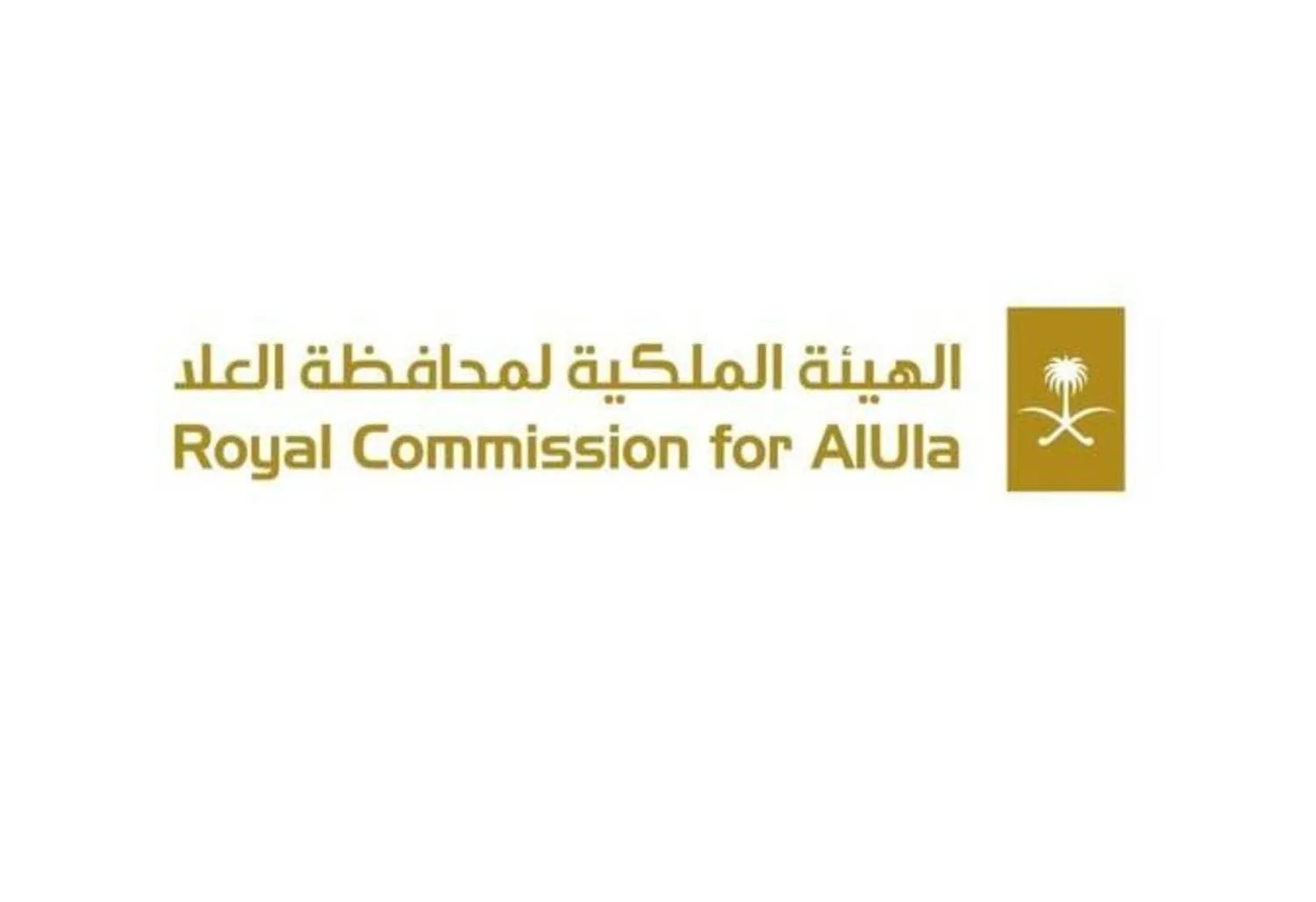Saudi Minister of Culture and Chairman of the Board of Directors of the Heritage Commission Prince Badr bin Abdullah bin Farhan announced that Saudi Arabia has successfully inscribed "the cultural practices related to Taif roses" on the United Nations Economic, Scientific and Cultural Organization's (UNESCO) Representative List of Intangible Cultural Heritage.
Prince Badr stressed that the unlimited support provided by Custodian of the Two Holy Mosques King Salman bin Abdulaziz Al Saud and Prince Mohammed bin Salman bin Abdulaziz Al Saud, Crown Prince and Prime Minister, to the Saudi cultural sector has significantly boosted the global presence of Saudi culture. This registration, he added, reflects Saudi Arabia's commitment to preserving intangible cultural heritage, ensuring its sustainability, and passing it on to future generations, SPA reported.
The Taif rose joins other elements of Saudi intangible cultural heritage inscribed on the list, including Alardah, Majlis, Arabic coffee, falconry, Al-Qatt Al-Asiri, date palm, Sadu weaving, Arabic calligraphy, Alheda'a, Khawlani coffee, metal engraving, and the Harees dish.
Taif roses are a vital cultural and social element intertwined with the lives of the people of Taif. Their cultivation, which spans centuries, and processing are integral to daily activities, deeply reflected in the region's social and traditional practices. Community members gather in the rose fields to partake in the harvest, creating an opportunity for social interaction and the intergenerational transfer of agricultural wisdom.
Taif rose products, particularly rose water and essential oils, play a key role in social events and local traditions. The annual Taif Rose Festival serves as a vibrant celebration where residents and visitors come together to honor this rich heritage, allowing the local community to showcase its products and host events that emphasize pride in cultural identity.
The inscription of the Taif rose with UNESCO underscores its significance as a cherished aspect of Saudi culture and contributes to a global understanding of the intricate connections between cultural heritage and social practices. It aligns with the Heritage Commission's commitment to preserving this cultural legacy and promoting international cultural exchange, a key objective of the National Strategy for Culture under the framework of the Kingdom's Vision 2030.
Saudi Arabia Inscribes Cultural Practices Related to Taif Roses on UNESCO's Intangible Cultural Heritage List

The move reflects Saudi Arabia's commitment to preserving intangible cultural heritage, ensuring its sustainability, and passing it on to future generations - SPA

Saudi Arabia Inscribes Cultural Practices Related to Taif Roses on UNESCO's Intangible Cultural Heritage List

The move reflects Saudi Arabia's commitment to preserving intangible cultural heritage, ensuring its sustainability, and passing it on to future generations - SPA
لم تشترك بعد
انشئ حساباً خاصاً بك لتحصل على أخبار مخصصة لك ولتتمتع بخاصية حفظ المقالات وتتلقى نشراتنا البريدية المتنوعة







